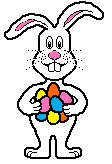
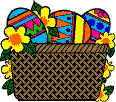
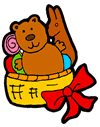
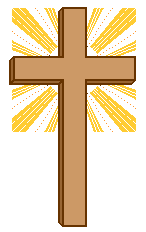
Family Network

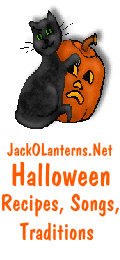
|


Family Network


|
|
 Who Was Born On Your Birthday?  Easter Eggs
Originally Easter eggs were painted with bright colors to represent the sunlight of spring and were used in Easter-egg rolling contests or given as gifts. After they were colored and etched with various designs the eggs were exchanged by lovers and romantic admirers, much the same as valentines. In medieval time eggs were traditionally given at Easter to the servants. In Germany eggs were given to children along with other Easter gifts.
Different cultures have developed their own ways of decorating Easter eggs. Crimson eggs, to honor the blood of Christ, are exchanged in Greece. In parts of Germany and Austria green eggs are used on Maundy Thursday (Holy Thursday). Slavic peoples decorate their eggs in special patterns of gold and silver.
Pysanki eggs are a masterpiece of skill and workmanship. Melted beeswax is applied to the fresh white egg. It is then dipped in successive baths of dye. After each dip wax is painted over the area where the preceding color is to remain. Eventually a complex pattern of lines and colors emerges into a work of art.
In Germany and other countries eggs used for cooking where not broken, but the contents were removed by piercing the end of each egg with a needle and blowing the contents into a bowl. The hollow eggs were died and hung from shrubs and trees during the Easter Week. The Armenians would decorate hollow eggs with pictures of Christ, the Virgin Mary, and other religious designs.
For thousands of years, people thought of eggs as the symbols of new life. People also thought that the Earth itself hatched from a huge egg. So that is why the egg was chosen as the symbol of the resurrection.
Long before Jesus, people used to give each other eggs as presents. These eggs were dyed or painted in fancy colours and designs. Some of the most elaborate and beautifully designed eggs came from countries such as the Ukraine. The tool used by the Ukrainians was called a Kistka. It's a brass cone mounted on a stick. The artist filled this with wax and heats it so that the wax melts, the artist then draws patterns on the melted wax. All the designs used have a religious meaning.
Every country has its own customs. In the Northern counties of England the children go around begging for eggs and other presents and acting out the Pace egg Play, this was known as "Pace egging".
"Pace eggs" comes from the Hebrew word Pesach (Passover). In Scotland the word also appears as Peace or Paiss.
In Poland girls used to send eggs to their favorite boyfriends. Finnish children would beat the grown-ups with birch twigs until they were given eggs for ransom.


Mens.Net | Womens.Net | Mothers.Net | Fathers.Net | Grandparents.Net | Teenagers.Net | Santas.Net | EasterBunnys.Net | JackOLanterns.Net | FatherTimes.Net | StValentines.Net HarvestFestivals.Net | BirthdayCelebrations.Net | ToothFairys.Net
 Please read our Legal Statement and Privacy Policy.
|